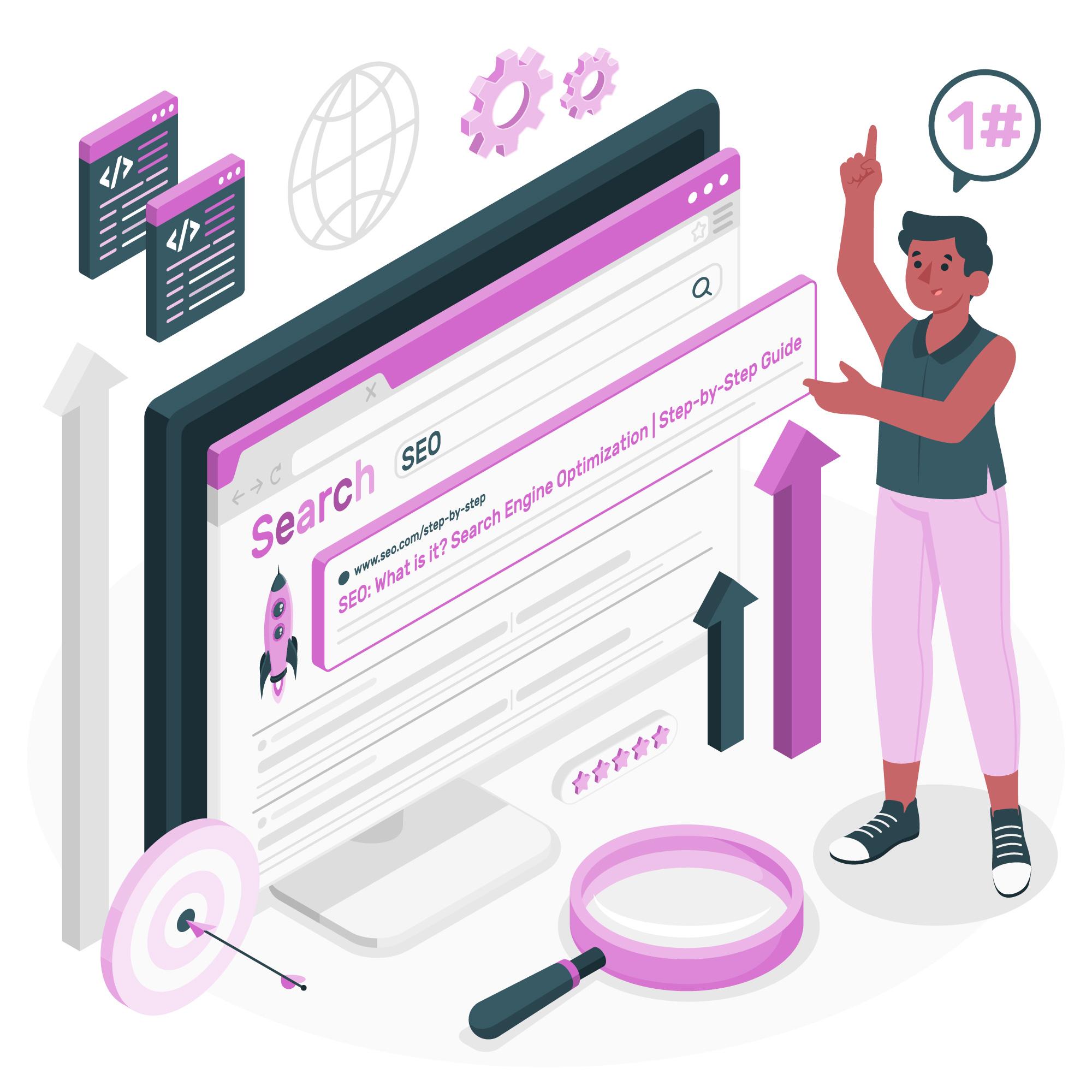Mastering On-Page SEO: Strategies for Optimal Website Performance
Introduction: In the ever-evolving landscape of digital marketing, on-page SEO remains a cornerstone for achieving higher search engine rankings and improving overall website performance. In this blog post, we'll explore effective strategies to optimize your on-page elements and enhance your website's visibility in search engine results.
1. Understanding On-Page SEO: Begin by explaining the basics of on-page SEO. Define key elements such as meta tags, headers, and keyword placement. Provide a brief overview of how on-page SEO contributes to search engine visibility and user experience.
2. Conducting Keyword Research: Highlight the importance of thorough keyword research. Discuss tools and techniques for identifying relevant keywords for your content. Emphasize the significance of targeting long-tail keywords and understanding user intent.
3. Crafting Compelling Title Tags and Meta Descriptions: Guide readers on the art of creating attention-grabbing title tags and compelling meta descriptions. Explain how these elements not only impact search engine rankings but also influence user click-through rates.
4. Optimizing Header Tags: Detail the role of header tags (H1, H2, etc.) in structuring content for both search engines and readers. Offer tips on using headers to organize information effectively and incorporate relevant keywords.
5. Content Optimization Strategies: Discuss best practices for optimizing the body content of your pages. This includes incorporating keywords naturally, maintaining a readable and engaging writing style, and paying attention to content length and formatting.
6. Image Optimization Techniques: Explore the importance of image optimization for both SEO and user experience. Explain how to use descriptive file names, alt text, and proper image compression to enhance website performance.
7. Mobile-Friendly Design: Highlight the significance of mobile-friendly design in the era of smartphones and tablets. Discuss the impact of mobile-friendliness on search rankings and provide tips for optimizing your website for mobile users.
8. Page Speed Optimization: Address the critical aspect of page speed and its influence on user satisfaction and search rankings. Offer practical tips and tools for improving page loading times, such as image optimization, browser caching, and minimizing HTTP requests.
9. Internal Linking Strategies: Explain the benefits of strategic internal linking for both SEO and user navigation. Guide readers on how to create a logical link structure that enhances the overall user experience and distributes link equity effectively.
Conclusion: Summarize the key takeaways from the blog post, emphasizing the importance of a holistic on-page SEO strategy. Encourage readers to implement these strategies to enhance their website's visibility and performance in search engine results.
Call to Action (CTA): Prompt readers to assess their current on-page SEO practices and consider implementing the discussed strategies. Invite them to explore other valuable resources on your website or subscribe for future updates.

